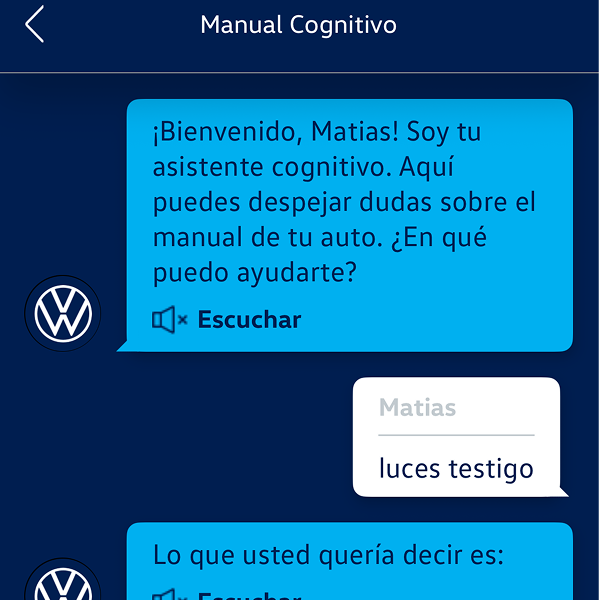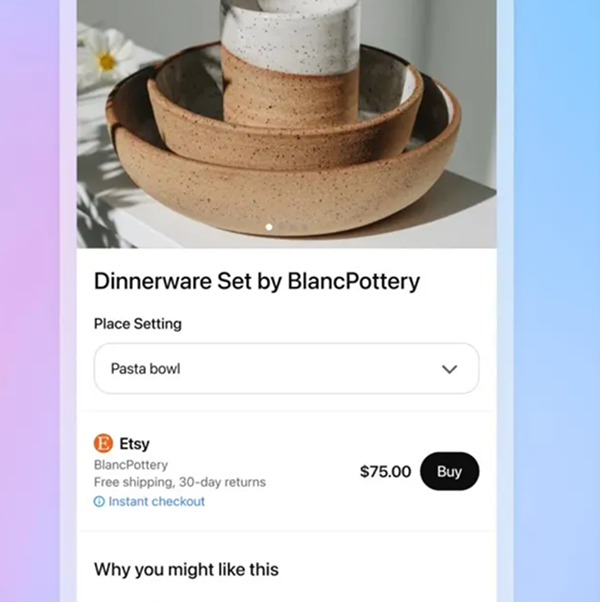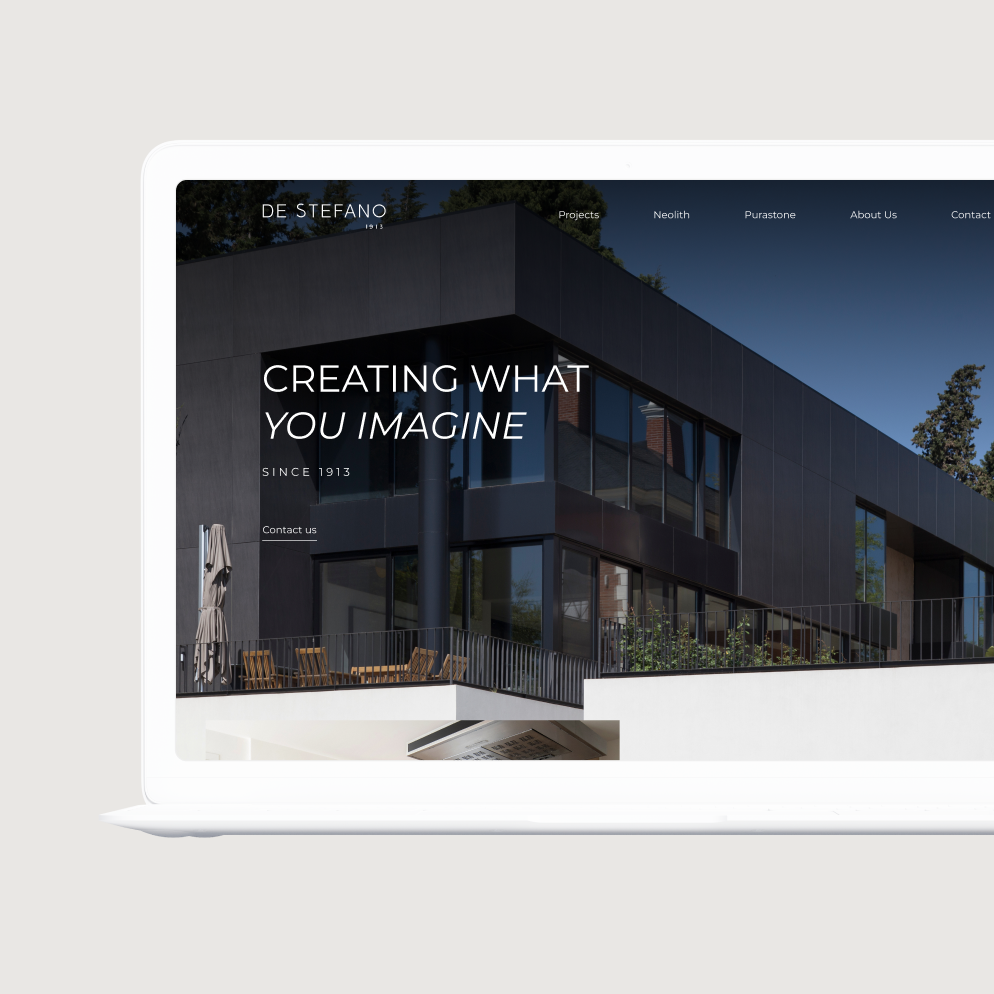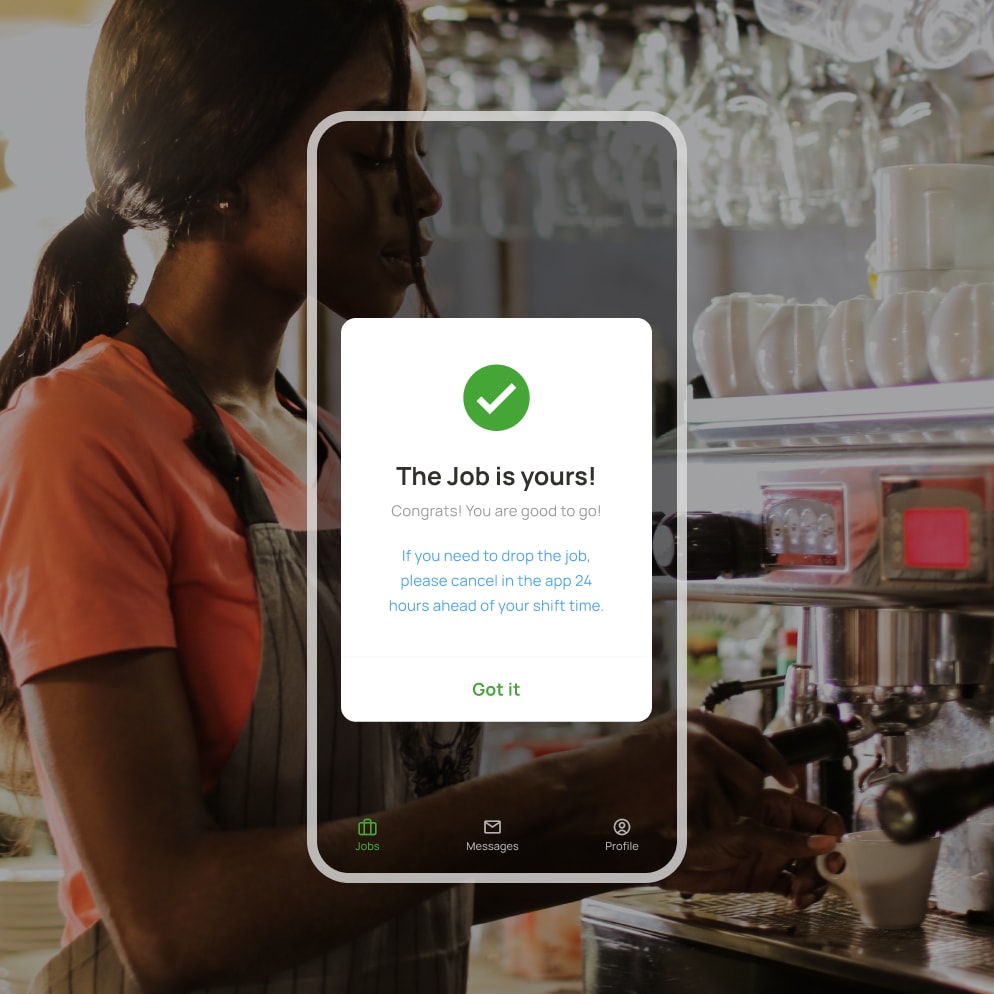In a world where rapid product iteration and scalable infrastructure are non-negotiable, Vibe Coding is rising as a powerful alternative to traditional development. But what exactly is Vibe Coding? Why are so many startups, designers, and even technical teams adopting it in 2025?
We explores the essence of Vibe Coding: its structure, benefits, use cases, and why it’s becoming a top choice for modern, agile development.
What is Vibe Coding?
Vibe Coding is a visual-first development platform designed to build real, scalable web apps with minimal setup. It sits at the intersection of no-code, low-code, and full-code platforms, offering a flexible environment where teams can move from idea to deployment quickly—without sacrificing logic or integration.
Unlike pure no-code tools, Vibe Coding gives developers the ability to edit code directly when needed. It blends visual layout, backend logic, and data connections in one unified environment.
Key Features
-
Visual UI Builder: Drag-and-drop UI components with responsive design presets.
-
Reusable Logic Blocks: Abstract logic into customizable, testable units.
-
Backend Integrations: Direct support for:
-
Firebase (authentication, Firestore)
-
REST & Webhooks
-
GraphQL APIs
-
MySQL / PostgreSQL databases
-
Supabase and Airtable
-
-
Collaboration Tools: Version control, user roles, and simultaneous editing.
When Should You Use Vibe Coding?
Vibe Coding shines in:
-
MVPs: Build your minimum viable product in weeks, not months.
-
Internal Tools: Replace spreadsheets with custom dashboards.
-
Hackathons / Prototypes: Launch features fast with real integrations.
A Realistic Workflow Example
Let’s say you’re building a dashboard that connects Stripe for payments, displays tasks from Airtable, and uses Google Auth. In Vibe Coding:
-
You drop in a login block → connect Google Auth via Firebase.
-
Pull task data from Airtable and display it in a table.
-
Use REST or GraphQL to fetch invoices from Stripe.
-
Style everything with the built-in UI builder.
-
Deploy with a custom domain—all inside the same editor.
More Than a Trend
I’ve tested Vibe Coding on internal tools and side projects. My take? It’s not just a passing trend. It’s a thoughtful evolution of app development that:
-
Prioritizes speed without killing control
-
Encourages collaboration between devs, designers, and PMs
-
Is still flexible enough to grow with your product
It’s not for every situation (you’ll read more about this in Post 2), but if your project values agility, visual iteration, and faster delivery cycles—Vibe Coding delivers.
In the next article, we’ll compare its pros and cons and see how it stacks up against tools like Retool and FlutterFlow.








